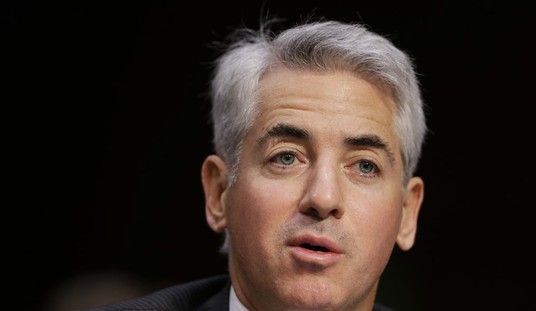Does harm prevention actually prevent harm? This is not always an easy question to answer, for by making dangerous behavior safer it could help to spread the dangerous behavior itself, thus offsetting the harm prevented.
The question is bound to arise with the approval of the combination of emtricitabine and tenofovir, known as Truvada, as a prophylactic against the transmission of HIV to the healthy sexual partners of those who are infected with the virus. Interestingly, the name of the company that produces the drug is Gilead Sciences: “Is there no balm in Gilead; is there no physician there? Why then is not the daughter of my people recovered?” At least there is likely to be consolation for some in the share price of Gilead Sciences.
According to a recent article in the Journal of the American Medical Association, Truvada reduces the rate of HIV transmission from homosexual acts performed between men (one of whom is HIV positive) by 90 percent if the drug is taken consistently, and by 44 percent if taken inconsistently. The drug is expensive, at $10,000 a year; but since the cost of treatment of patients with HIV is even more expensive, prescription of it might save money in the long run. The article suggests that, if the drug were 44 percent effective, it would be cost-effective for prescription to HIV negative male homosexuals who had 5 or more sexual partners a year.
There are two or three ethical problems that trouble the authors of the article. The first is the possibility that the existence of a prophylactic drug against HIV might increase unsafe sexual practices. This they rather airily dismiss as follows:
If unsafe sex were to increase with [such prophylaxis], it could theoretically offset effectiveness in practice. Behavioral disinhibition, however, was not observed in clinical trials. Moreover, a substantial increase in unsafe sex would have to occur to offset the benefits of PrEP on a population level.
It is well-known, however, that what happens in clinical trials is not necessarily what happens in normal, non-trial conditions. It is not safe, then, to conclude that “behavioural disinhibition” would not occur with general availability of the drug.
The authors are also worried that the drug, being so expensive, will not be available to all who might benefit from it, not only in the United States but in the whole world. This raises problems of equity and justice. Would it be better, then, that it should be available to no one, rather than to the well-off alone?
To answer yes to this question would be dog-in-the-manger. But the authors are able to console themselves with the natural history of such innovations: for means are generally found within a relatively short time to make them much cheaper and therefore more widely available than they were to begin with.
What they fail to point out is that, for such innovation to occur, there has to be a period of what they would no doubt consider injustice or inequity, at least if it is admitted (as surely anyone other than a Utopian socialist must) that commercial gain is a powerful, indeed the most powerful, incentive to such innovation. Gilead Sciences would almost certainly not have striven to develop their balm if, from the very beginning, that balm had to be sold to everyone who could benefit from it at a knock-down price.
Injustice and inequity – if that is indeed what the authors of the article are describing – are thus a normal precondition of progress, not an alarming consequence of it. When penicillin was first developed, after all, it was available to very few, whose lives were saved by it most inequitably.
****
Thumbnail courtesy shutterstock / Peter Kim










Join the conversation as a VIP Member